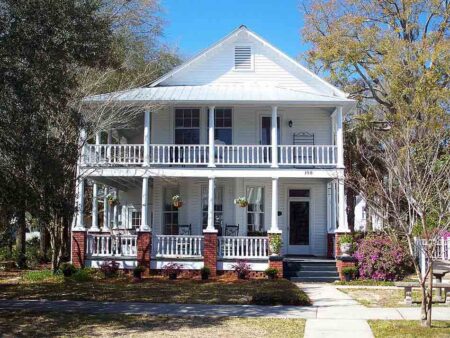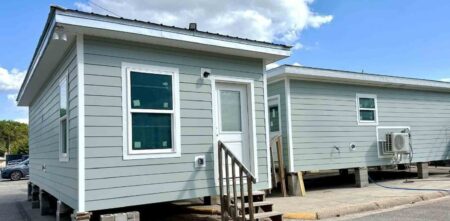The time to fertilize our lawn grasses in Florida is during the growing season, not when the grasses are going to “sleep” for the winter.
In Florida, all of our permanent lawn grasses begin to fade and slowdown in growth during fall.
The cooler temperatures (particularly cooler night temperatures) and the shorter days of autumn trigger these grasses to slowdown. Their color begins to fade and eventually they turn brown, usually after a frost or freeze.
As these warm season grasses go dormant, they don’t need to be fertilized, particularly with a high nitrogen fertilizer. Some of the so called “winterizer” fertilizers available in our area can cause more damage than good. They contain too much nitrogen and too little potassium.
Nitrogen encourages new growth and interferes with the dormancy process, forcing the lawn to produce new tender growth at the wrong time of year. You set the lawn up for damage. That young tender growth is very susceptible to cold injury and is likely to be damaged by the first frost. Many times the damage goes unnoticed until the following spring when sections of the lawn do not green up.
Some people ask about the benefit of additional potassium late in the season to increase winter hardiness. If the potassium level is low due to inadequate fertilization or due to the excessive rain earlier this year, your lawn may benefit from additional potassium. But if you fertilized properly and the lawn color is normal and you’ve had to mow regularly, more than likely the potassium level is Okay. But the only way to know if the potassium level is adequate or inadequate is through a reliable soil test, otherwise you’re guessing. If potassium is deficient, it must be applied while the grass is still actively growing. And if you apply too much, you’ll quickly burn the grass.
Large patch disease is another reason to avoid fertilizing after September, particularly with a high nitrogen fertilizer. Too much nitrogen at the wrong time promotes a common lawn disease called large patch, formerly known as brown patch. This disease is caused by the fungus Rhizoctonia. Large patch functions as a pathogen in our lawns during the cooler weather of fall and spring. Applying a high nitrogen fertilizer when large patch is active can be like applying gasoline to a fire, allowing this lawn disease to rage out of control.
You should now be catching on to the problems associated with just blindly buying into this idea of winterizing your lawn.
Larry Williams, UF/IFAS Extension Agent, Okaloosa County, October 16, 2014




